This is a condensed article based on an article published on Visit Okinawa Japan.
As we carefully plan our post-pandemic travels, personal health and safety remain among our top priorities. Okinawa’s subtropical climate makes it an ideal place at any time of year to take a peacefully insular workcation. Stay focused and relax with family in a secluded villa, then enjoy socially distanced outdoor activities such as trekking through the forest, exploring ancient castle ruins, or cycling along quiet coastal roads in northern Okinawa.
Spend a Peaceful Workcation in a Private Villa
For a safe and productive working retreat, Okinawa has a wide range of private accommodations in secluded locations where you can set up office, while remaining close to nature.
On the Motobu Peninsula, you can rent an entire villa in its own private garden surrounded by trees from Shinminka Villa. Each villa is fully furnished with a deluxe kitchen and even an outdoor barbecue, so you can shop for fresh produce at local food markets and enjoy slow-life within the local village community. The newly built wooden buildings are modeled after traditional Okinawan minka folk houses, but redesigned with contemporary architecture — the outer walls are completely transparent to give you a 360-degree view of your immediate surroundings, and by extension an intimate connection with the natural environment.
Explore Deep Ryukyu Culture in Nakijin
The site of the late 13th century Nakijin Castle is one of the nine Gusuku Sites and Related Properties of the Kingdom of Ryukyu, which are collectively designated as a World Cultural Heritage Site, representing five hundred years of Ryukyuan culture and history.
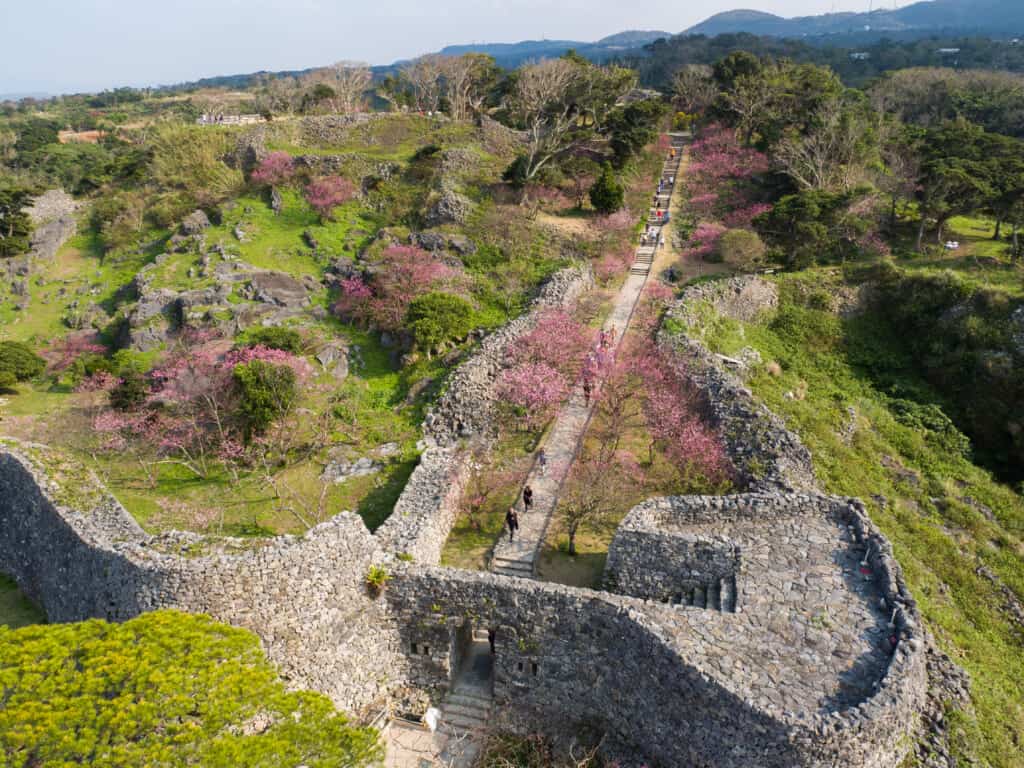
The sprawling fortress of Nakijin Castle is a prime example of Nozura-zumi, an ancient construction technique that piles rocks according to their natural shape in order to build strong walls. You can easily spend a half a day exploring the ruins, walking across the undulating walls as you admire sweeping views of the surrounding forest and sea beyond, while reflecting upon the deep history of Ryukyu culture.
Hike through the Primeval Forests of Yanbaru
The 13,600-hectare Yanbaru National Park is ideal for socially distanced outdoor activities while immersing yourself in nature. This area is northern Okinawa’s mountainous region of primeval forests and rare endemic wildlife. Among its native subtropical flora are epiphytic ferns and orchids, living fossil cycads, giant banyans, evergreen Itajii, and the famous towering Okinawa Urajirogashi tree on Mt. Ibudake. Endemic species of fauna include the iconic Yanbaru kuina (Okinawa Rail), Noguchi gera (Okinawa Woodpecker), Ryukyu yamagame (Ryukyu Black Breasted Leaf Turtle).
Hike up to cloud forests on Mt. Yonahadake, admire spectacular views from limestone cliffs overlooking Shioya Bay, or follow a scenic trail leading to the 26-meter drop of Hiji Otaki Falls.
Discover the Romance of Kouri Island
If limiting interaction with others while slow traveling remains a concern, consider renting a bicycle in Nago and going for a refreshing ride along the coast. Kouri Island is a highly charismatic destination for lovers, featuring the timeless attraction of a coralline rock formation in the shape of a heart, which is also the setting of Okinawa’s own Adam and Eve legend. From Nago, turn off Route 58 onto Yagaji Island, then continue across to Kouri Bridge, savoring each scenic minute of its 1,960-meter span over clear turquoise water. On the other side, enjoy touring the coastline with more luscious sea views around Kouri Island’s 8-kilometer circumference.
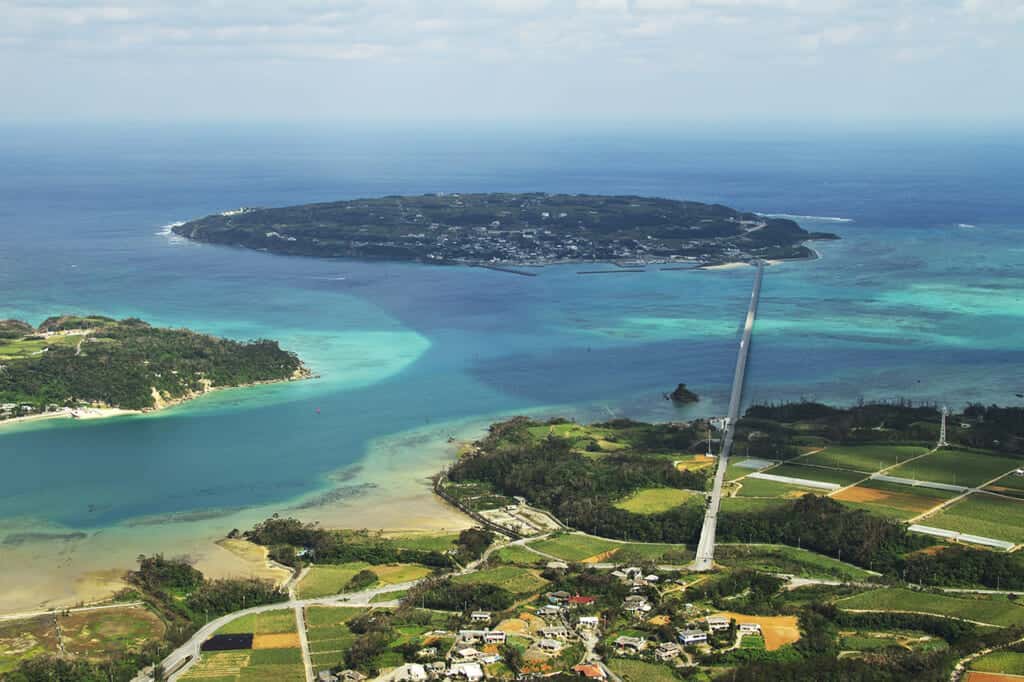
Before travelling, please always check the latest government advice about your destination.
Wherever and however you choose to travel through the islands, keep in mind that the less populated, more wild region of northern Okinawa offers a variety of secluded retreats and safe activities for both a socially distanced workspace and a splendid vacation.
Learn more

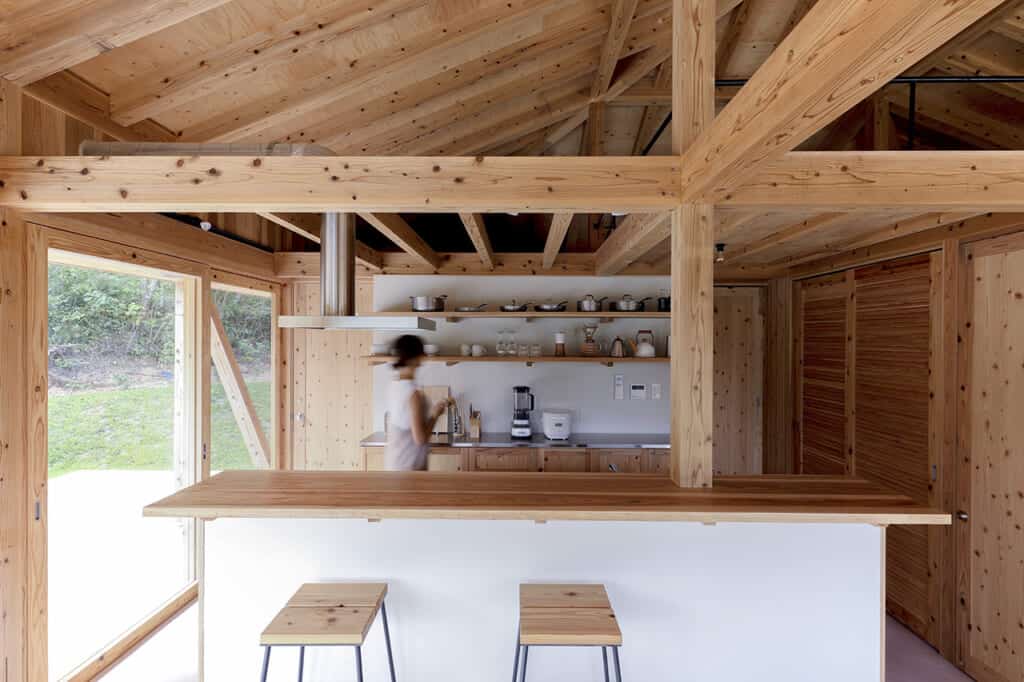
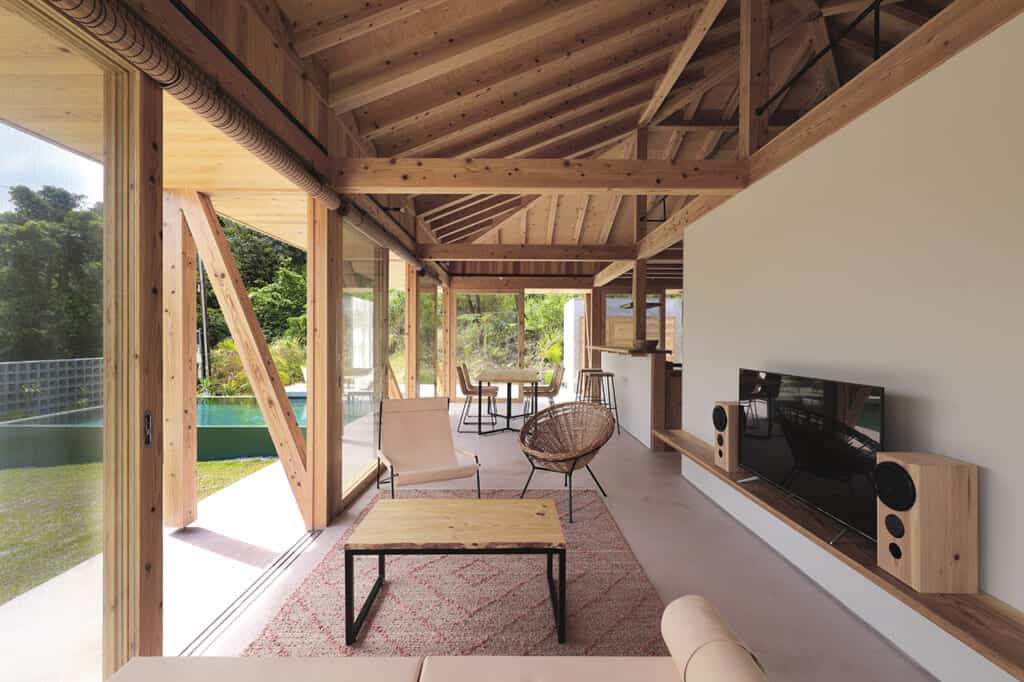
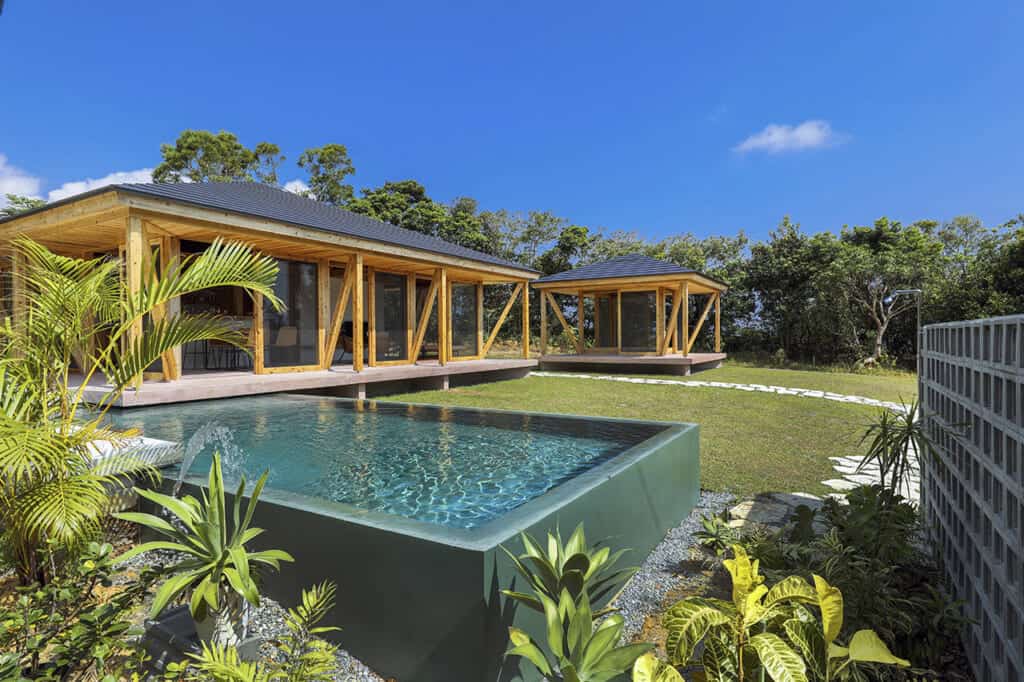
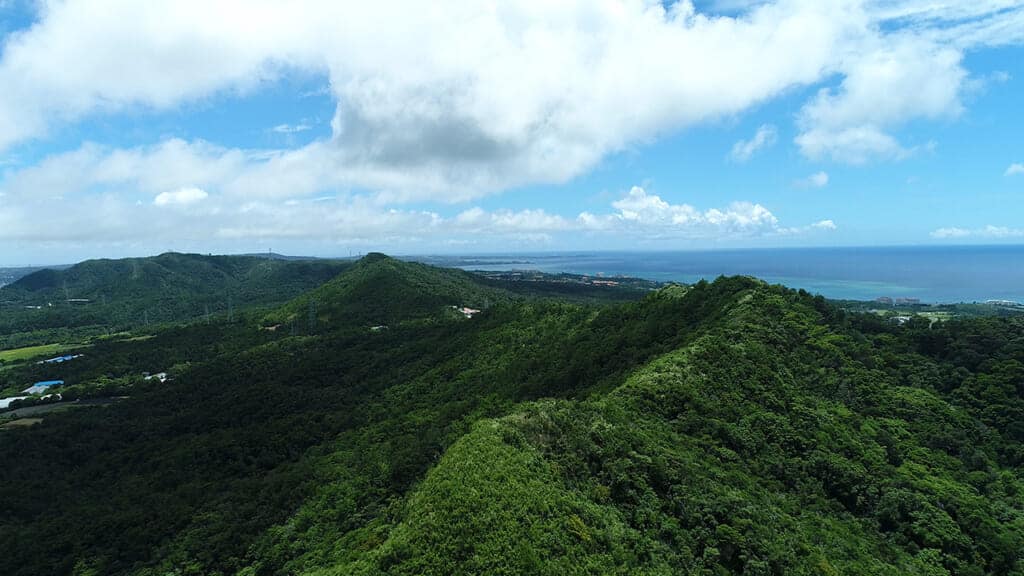
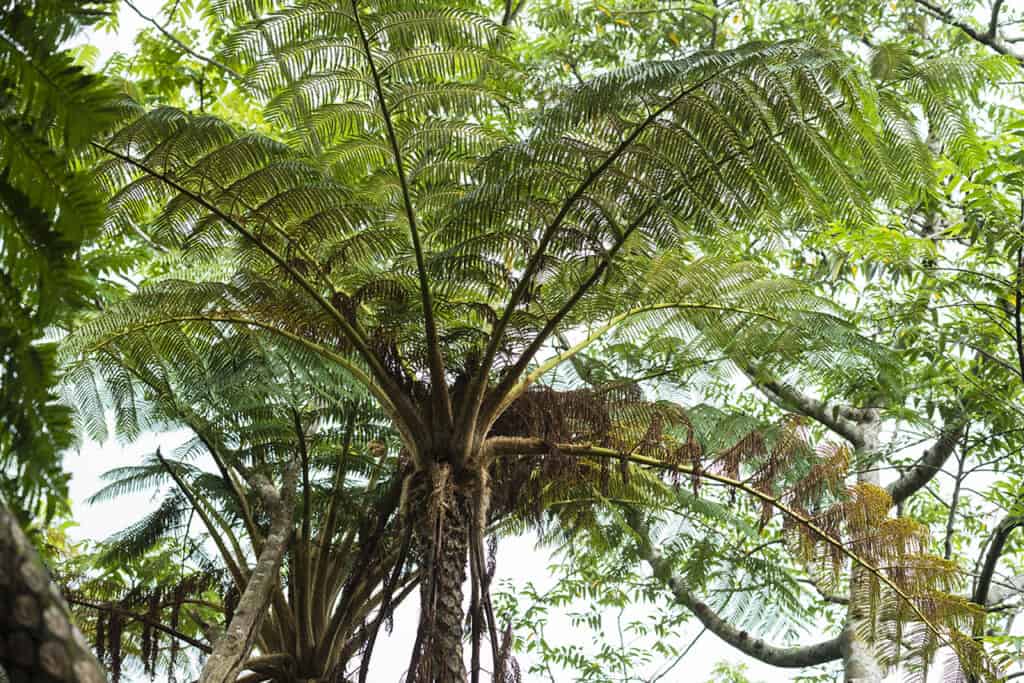
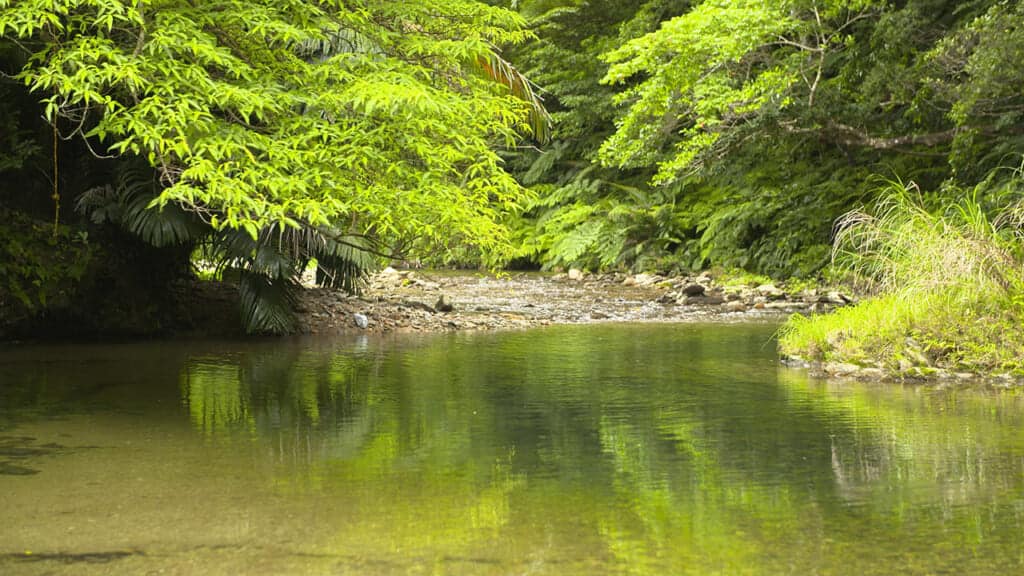
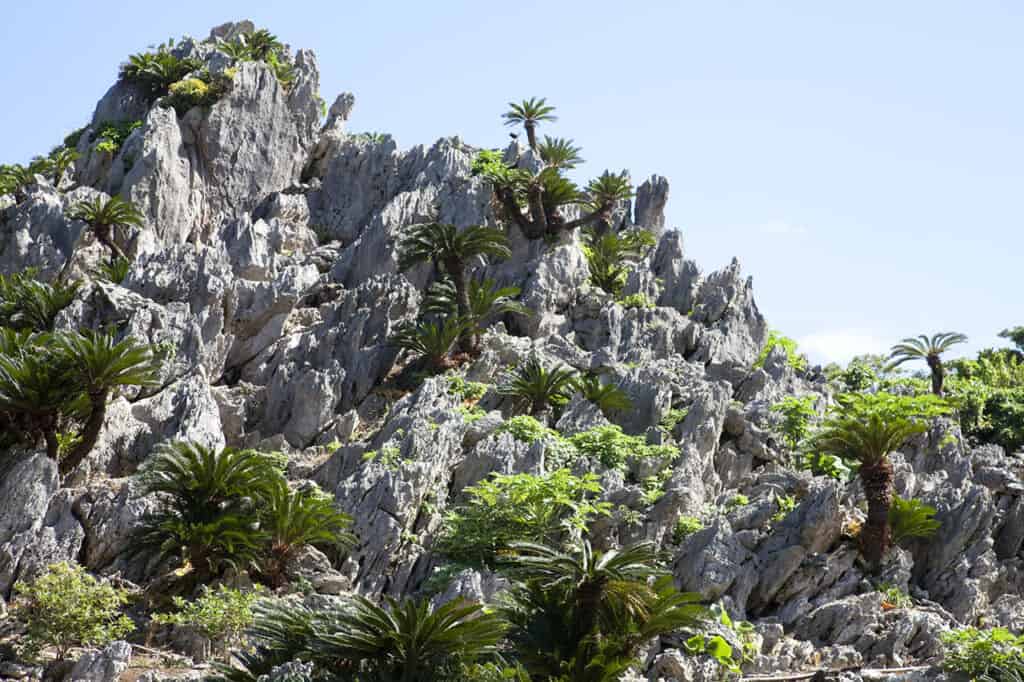


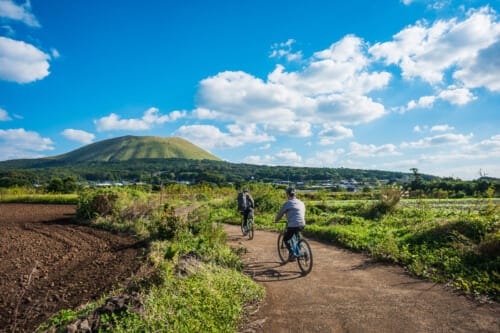
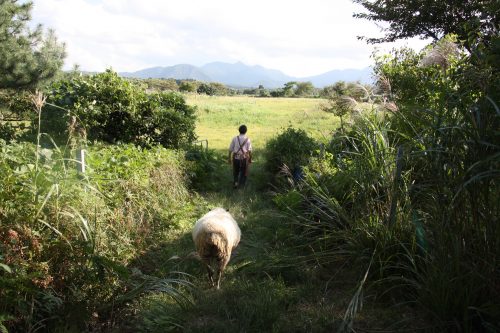
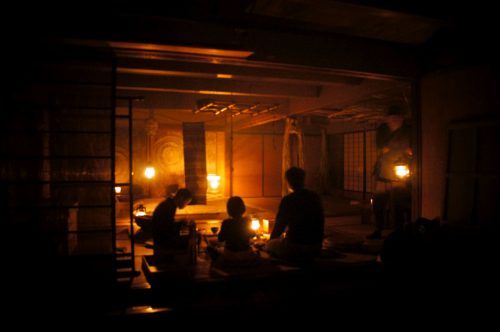


No Comments yet!